Legends of Runeterra's Game Director, Dave "Davetron" Guskin, has written a blog about the upcoming card rotation to the game. This is a radical change to Legends of Runeterra, but an important one for any card game as more cards get added over its life. We've recapped the important bits for you below!
- Legends of Runeterra's first rotation comes next year.
- There will be two formats after rotation:
- Standard: The main format with a reduced number of cards available.
- Eternal: All cards in the game are available for play. (This is what we have now)
- Card rotations are currently scheduled to happen once per year.
- They aim to keep the number of cards in Standard the same size when a rotation happens.
- They are rotating cards to make the game easier to digest and to open up design space.
- A crowded metagame can prevent some champions from ever seeing play, even if they have a cool kit.
- It has become difficult for Riot to keep up with all the interactions in the card pool, making balance and bug hunting harder.
- Standard will always have a competitive ranked queue, whereas Eternal will "regularly" receive a spotlight which enables the queue and season.
- Balance patches targeting Eternal will happen prior to the format coming back into the spotlight season.
Riot's Rotation Survey
If you play Legends of Runeterra and you want to have your voice heard, Riot would love to hear your feedback and as such, has made a survey available.
Champions Rotating Next Year
We'll see the first card rotation happen next year and Riot has announced three Champions that will become Eternal-only.
These are explained in better length below, but here's the gist of it.
- Irelia - Rotating her will allow players to experiment with Azir more. Riot also won't need to think about Blade Dance when designing Azir cards.
- Twisted Fate - His card draw synergy is too strong which prevents them from making more card draw synergies.
- Vladimir - He doesn't work very well in his current form. Rotating him allows them to figure out a redesign and to later bring him back to Standard.
Card Rotation in Legends of Runeterra Riot Post
Quote From Dave Hi everyone, it’s Dave again! During the last AMA, a lot of players had questions about how we’ll be handling Rotation, so we wanted to follow up with more information about Rotation in Legends of Runeterra, especially the rationale behind it and why now. I’ll end this article with ways we want to hear from you and get your feedback on how we’re approaching Rotation.
I want to thank our amazing design team (Dan Felder, Jon Moormann, David Smith, Tyler Morgan, Steve Rubin, and more) who helped contribute to this blog post, and honestly have put a ton of thought and work into making LoR’s rotation as good a game experience as possible for you.
The Current Plan
We plan to add a second format to LoR. The two formats will be:
- Standard - Most cards in the game are legal, but some will only be playable in Eternal.
- Eternal - All cards in the game are legal (just like they are now).
Rotation means that at regular intervals (right now, about once a year), we will move cards into and out of both formats while mostly keeping Standard the same size.
Why Rotate?
So, why are we talking about doing it for LoR? In many games where new content is added to an otherwise ever-growing content pool, Rotation is a tool to keep somewhat of a cap on the size of the pool. When the set of legal cards playable gets too large (“too large” defined by a number of factors below), then some of them are rotated out.
We'll rebalance and rework cards when we want to affect all formats at once, and we'll rotate when we only want to affect one.
As a format grows,
- The amount of cognitive load required to keep all of that information top of mind becomes staggering. This is true for trying to plan around what your opponent might do, which becomes so difficult that it feels basically like a new source of randomness. It’s also true for trying to plan around what your own cards might do, magnifying sources of randomness like Manifest and creation from within an ever-growing subset (e.g. 1c units).
- Available design space shrinks. That’s because the practical space into which we can release new cards and mechanics is limited by the overall growing power of the format. When we try to keep the power level of the format in check, new cards can’t compete with existing all-stars (and the all-stars can’t just be nerfed appropriately - see below). When we add new exciting mechanics or allow new cards to compete with old ones, we power creep the format, which makes it less and less possible to play anything BUT the top cards.
- Under-appreciated champions have a rougher time reaching playability. Some champs, like Udyr, have cool gameplay dreams or promote interesting new deckbuilding choices… but in a crowded metagame, those champs don’t have a chance to shine. Rotation provides a new environment for those champions to try new champ pairings, explore combinations of lower-powered cards that improve synergy, and more.
- Playtesting and tech quality/keeping bugs down becomes significantly harder. That’s because generally the pain points are the interactions among cards, which grows incredibly quickly - for every 10 cards added, 100+ interactions are added. No normal development team can keep up with that sort of growth, because the team is set up for adding a relatively stable N cards over time.
- Good balance targets become harder to achieve without effectively rotating cards. We want to constantly provide a new puzzle for you to solve, but providing new puzzles is very difficult with large card pools full of equivalent replacements. This is easiest to see with lower cost staples - there’s not a lot of room to change their numbers, and there are a lot of very similar cards ready to be used to replace them if we nerf only some of them. If we were to nerf all of the relevant cards, it would have the same effect as Rotation. However, with Rotation we have a format that can support those cards and they can remain playable for players who truly enjoy them.
Ok, but what about champs specifically? Shouldn’t those always remain playable? Well, there are a few reasons why it’s right for us to rotate champions, which I’ll go through by talking about some specific examples (yes, these are champions we are intending to Rotate out in the first rotation next year).
- Irelia: As you probably know, the best thing to do with Irelia is pair her with Azir… but it’s also the best thing to do with Azir! By rotating out Irelia, we’re making space for folks to explore champions like Azir in other ways that would have previously been driven out of the meta by Azirelia decks. It also gives us room to make relevant Azir cards without needing to think about how they interact with Blade Dance cards, AND it lets us keep Blade Dance cards exciting without needing to nerf them just to make sure they play nice in an Azirelia deck.
- Twisted Fate: Sometimes a champ is so good in combination with something so fundamental to the game that future card designs are limited by that champ’s interactions. TF is a good example of this - his synergy with card draw is so good, he prevents us from making cool new card draw champs and support cards for them (bc they’ll just be better with TF), and for TF in particular, it’s hard to nerf him without losing what’s iconic about TF in the first place.
- Vlad: Finally, there are some champs that don’t quite work within their regions or struggle to find their footing, and Vlad is one such example. We’d love to totally rework/change Vlad, but it’s such a radical departure from his existing design and his existing design doesn’t fit cleanly into his region’s strengths, so it’ll take time to find the right design for him. Rather than keep him in the Standard environment, we can rotate him into Eternal, potentially buff him up, and plan for his triumphant return in 2.0 form!
So what will ranked/gauntlets/tournaments look like in the future, once we have Standard and Eternal?
- For Standard, there’s always a ranked queue (and accompanying ranked season) available.
- This also means gauntlet and tournament support.
- Most balance patches will focus on Standard, but not to the exclusion of considering changes to Eternal.
- For Eternal, regularly we’ll have a spotlight on the format and alongside it, a ranked queue and season.
- While we are spotlighting Eternal, we’ll also make sure to give it equivalent high-level competitive support.
- Prior to an Eternal spotlight, we’ll have a balance patch focused on Eternal.
- Other ongoing support for Standard and Eternal is still TBD as we start to implement the Rotation feature.
Love it or hate it? We’d love to get your feedback! As outlined above, we really do believe in Rotation as necessary for LoR. We’re always willing to hear your perspective on it, though, and there’s a few areas in particular you can help us with your thoughts - use this survey link. We’d love to hear from you! Thanks so much!
Editor’s Note: The survey will only be available in English.
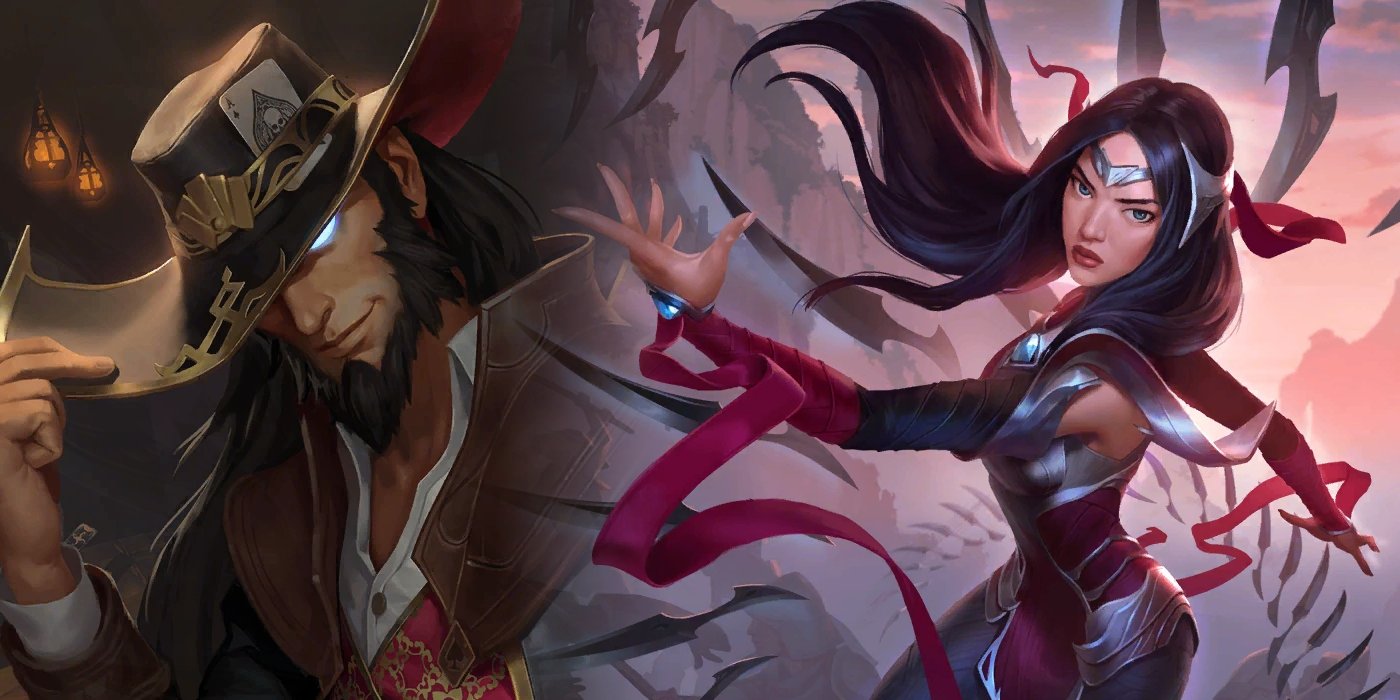
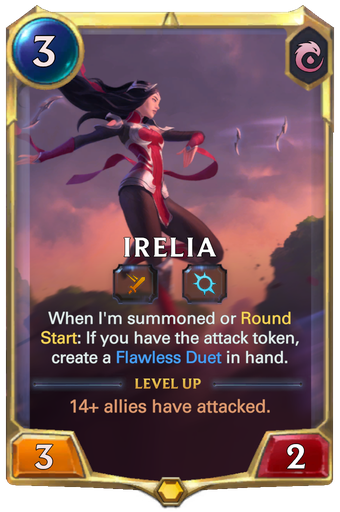
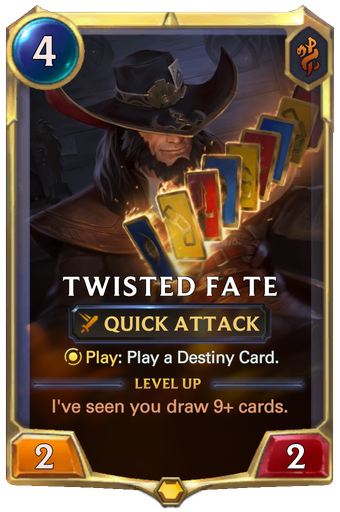
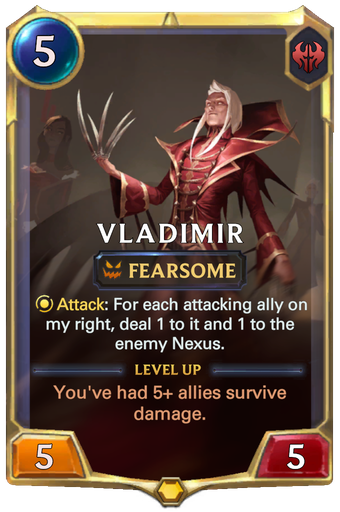
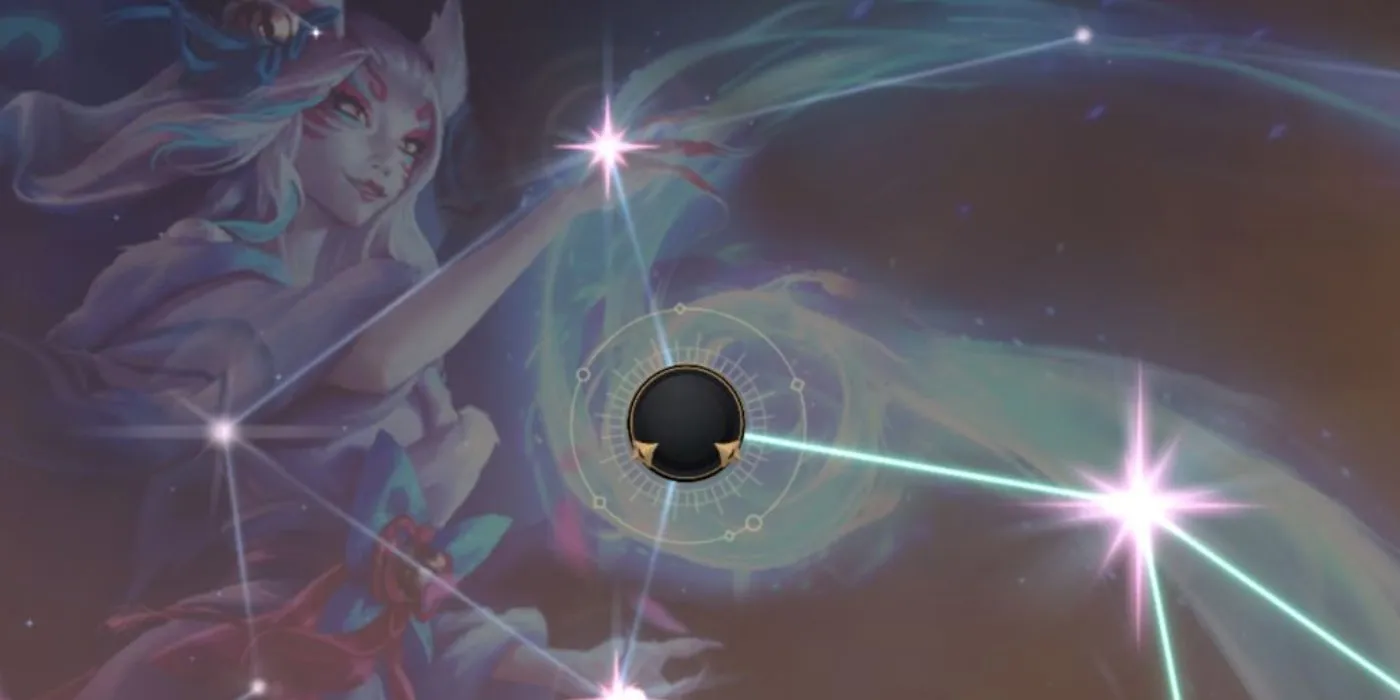
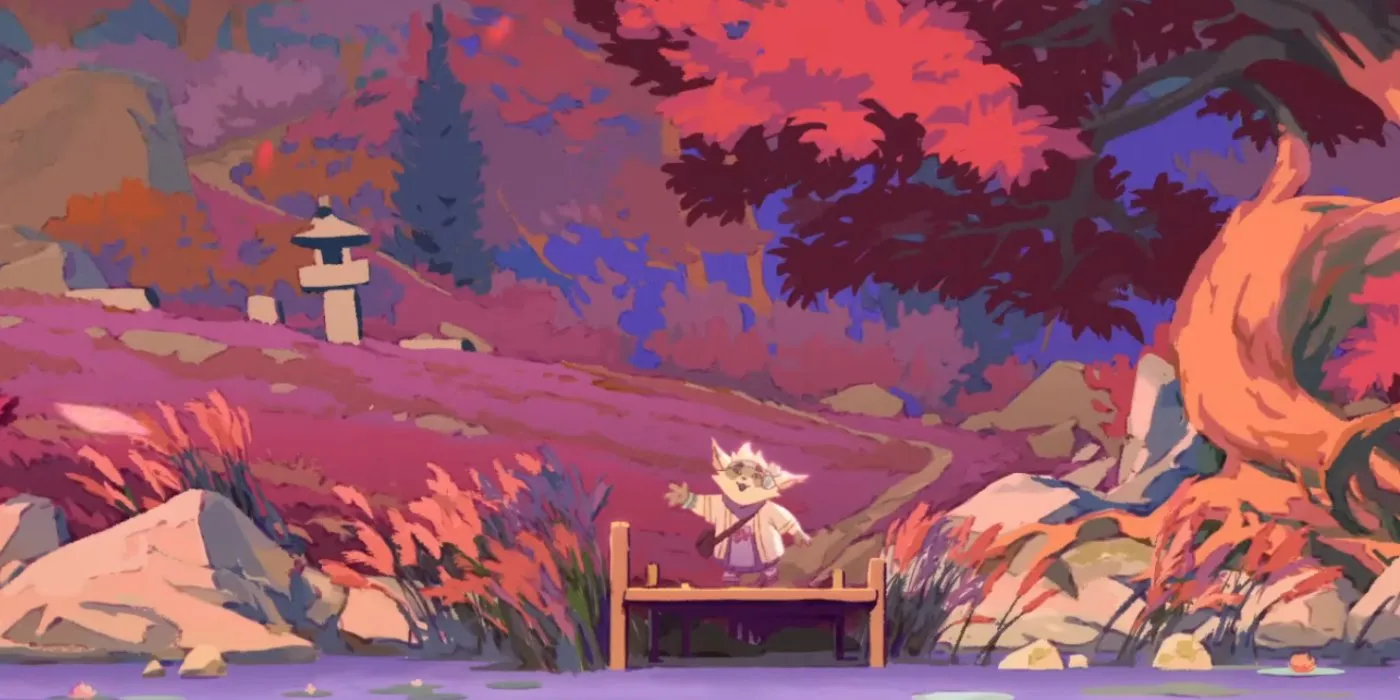
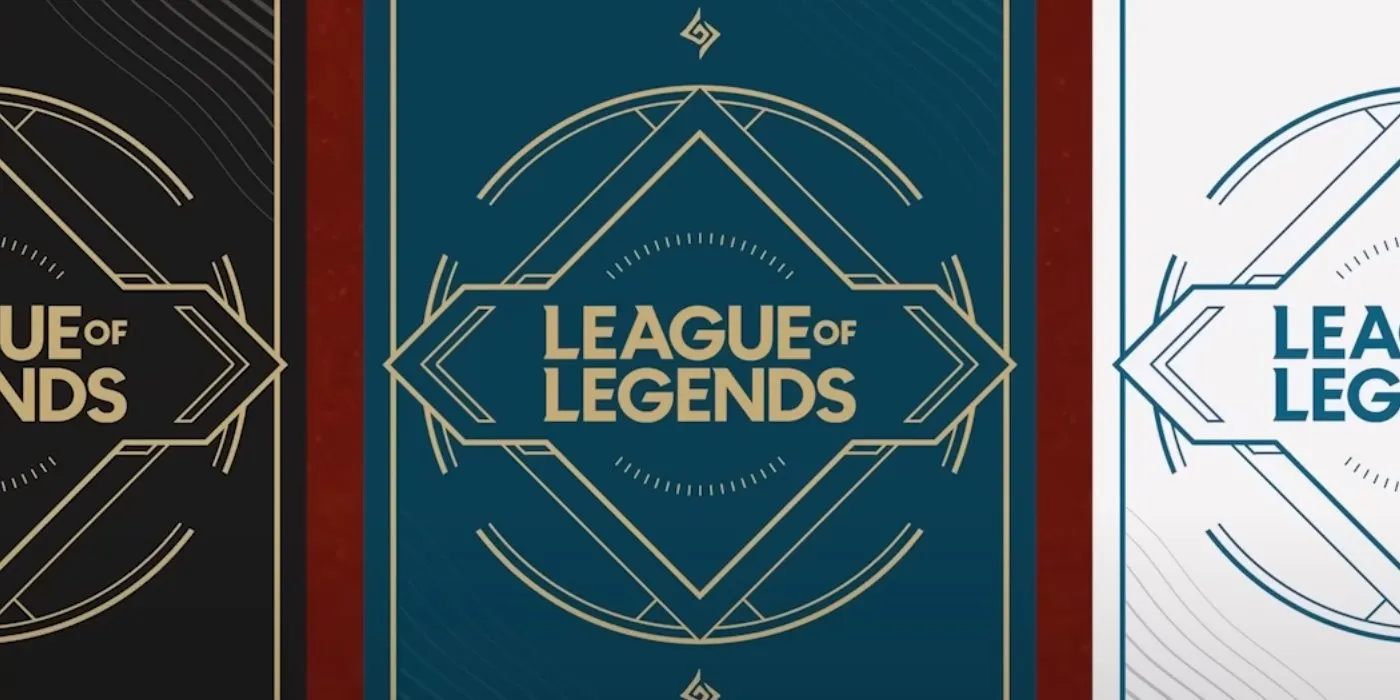
Comments
Will they release in PoC at least? Ive been waiting the return of Irelia to it since the 2.0, well i highly doubt she will be their Ionia choice any time since Ahri is way more popular, oh well pain.
As soon as they confirmed in a previous post that champions would also get rotated, Vlad immediately came to mind. He simply doesn't work.
Also happy to see Irelia go. Azir decks with Lucian and other champions were a lot more interesting and fun to play against than Azirelia. Azir + Hecarim could even be a thing.
In the case of TF, he's been too good for too long, and is very hard to nerf, so it's good that the game moves on, and TF does not.
Rotations seems like a good idea, the biggest issue with it is how Rito will handle purchased skins for rotated champions.
I'm slightly annoyed that both HS and LoR didn't invent their own name for Standard, and just took the same term as in MtG.
I really like that they kept it consistent. It makes it very easy for someone coming from another game to know what it means.
If your gonna copy someone copy the best.